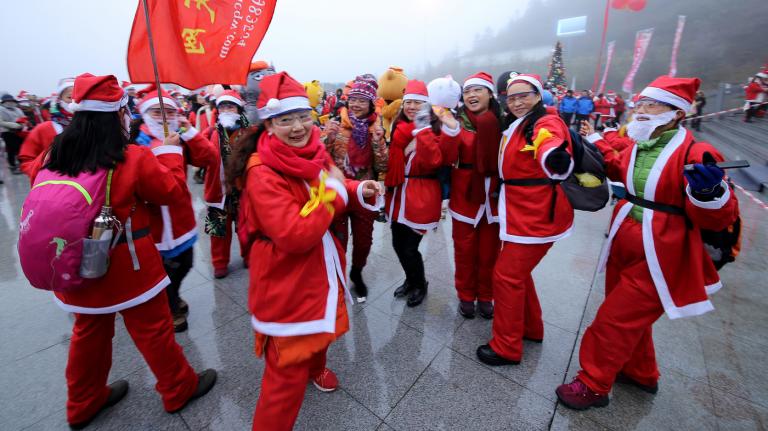Christmas and Barat festival
4 min readChristmas
The Christmas is also the festival of the Russian ethnic group, for celebrating the birthday of jesus. the russian used the russian calendar which is different from the current Gregorian calendar before the october Revolution. People believing in the Orthodox, the Catholic and the Christianit all around the world celebrate the christmas on december 25, but the Christmas of the russian ethnic groupis celebrated on January 7 the next yearWhen the festival is coming each family decorates christmas trees with cedars or pines and prepares abundant festival food to entertain the guests. When people gather together in the evening, a dressed up santa Claus gives gifts to everyone. People also hold choir parties to celebrate the birthday of Jesus. In 1983, the People’s Government of Xinjiang Uygur Autonomous Region stipulated that the Russian compatriots in the whole Xinjiang region would have a day off on the Christmas.

Barat festival
The barat festival is the traditional festival of the ethnic groups such as the Uygur and the tajik, which is also called Pilik Festival”by the tajik, namely the Lantern Festival. the barat festival is celebrated on august 15 each year according to the islamic calendar, and the festival lasts for two days. Barat”is Arabic and means”Pardon. According to the legend on the night of August 15, Allah visits the bottommost layer of the heaven by himself, inspects the man’s world and determines the life and death as well as the blessings and curses of people this year Religious Muslims keep vigil that night in order to seat on a Muslim worship blanket to chant, do religious service, repent ang o redeem “Mistakes”they might make in usual. After the “Ghusl”, people take pray, or invite the imam home to chant in order to pray for good luck and peace in the next year. Another obvious characteristic of the Barat Festival is the custom of worshiping the ancestors.

The barat festival has neither “festival religious service”nor the custom of visiting each other. The most obvious characteristic of the Barat Festival is that each family fries deep-fried dough cake and then take to the graveyard toworship the ancestors, which is called”Scattering oil tastein folk People believe that the smell of the smoke caused by frying the deep-fried dough cake flies up into the heaven so that the ancestors and deities can share the sacrificed objects and pray for people. At night, each family ties an oily calabash to a wooden stick and then allows the oily calabash to fall onto the ground after ignites it; and people step on the oily calabash together to indicate destroying the disaster and curse. the youth hold torches made of old calabashes and gather in crowds and groups, joyfully singing Barat Festiva songs, “Barat is coming. Are you full? Look, how bright my oily calabash is They saunter from door to door in the village and ask for food.
Among several festivals of the Islam, the tajik people pay more attention to the barat festival. before the festival, each family twines cotton soaked by oil onto dry grass sticks to prepare two oil candles for every member in the family and prepare a big torch. the night before the festival, people insert the oil candle into a big basin full of sand, and all the family members sit around the big basin. the head of the family prays firstly and then calls the name of everyone, lighting two candles once calling one person. After all the candlesare lighted, everyone stretches out his double hands to shake in the flame of the candle and then prays for god’s blessings to wish safe families and prosperous livestock. And then all the family members wish happiness to each other After the ceremony is finished all the family members have a nice festival dinner together in front of the candles. After the dinner, each famil inserts the torch twisted with the cotton to the roof and ignites it for calling the luck. the children light a bonfire outdoors and play colorful games, atwhich time the roofs of all the families are in blazing flame and the whole village is bright and fully filled with the dense festival atmosphere. The next day, each family slaughters the livestock and prepares various foods. In the evening, people carry the food to the family graveyard and ignite the candles to hold a memorial ceremony for the relatives, and then all the family members sit around to share the food after the memorial ceremony.









